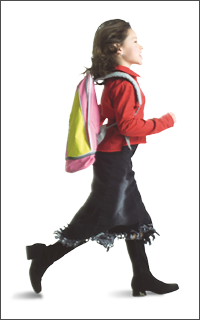Short List
School Days

The number of people who live below the federal poverty line ($23,492 for a family of four in 2012) remains stuck at a record high. But increasingly, poverty is moving from the inner city and rural areas to the suburbs, according to a study by the Brookings Institution. Thats a significant shift compared to 2000, when the urban poor still outnumbered suburban residents living in poverty.
Between 2000 and 2012, the number of people living in distressed neighborhoods grew by 5 million. The concentrated poverty rate the share of poor residents living in census tracts with poverty rates of 40 percent or more had reached 12.2 percent in 2012, up from 9.1 percent in 2000. This trend indicates that an increased share of poor individuals today face the double burden of not only their own poverty, but also the disadvantages of those around them, the study asserts.
And while concentrated poverty still remains highest in cities, suburban poverty is growing fastest. Between 2000 and 2012, the number of suburban poor living in distressed neighborhoods grew by 139 percent almost three times the pace of growth in cities.







